Tea packaging is an essential procedure for every tea-making company. Here is a guide to help you understand the types of tea packaging materials available. We will also discuss in detail how to choose the best packaging material for your tea.
How to Choose Best Tea Packaging Material
The best tea packing material for your tea packaging needs may vary depending on several factors. Considering these factors will result in a tea product that is fresh, attractive, and safe until it expires. Here is a detailed discussion of the factors that you need to consider before choosing the best tea packaging material.
Type of Tea
Think about how are you going to sell tea. Loose-leaf tea may necessitate different packaging from the tea bag and powdered tea. Green tea may need airtight packages because you will have to preserve the freshness therein.
Protection from Light
Tea can be stored in transparent materials since consumers can now peep through to see what is inside. However, the product will last for a limited period due to sensitivity to light. Select light protective materials like aluminum foil pouches or tin cans. Shielding the products from light could also be accomplished by using dark or dim packaging.
Moisture Barrier
If your tea is not well stored it will absorb moisture leading to deterioration in quality of flavor and aroma or by promoting fungi growth. Choose suitable packaging materials that have superior moisture barrier properties, for instance, aluminum foil or glass jars with close fitted caps.
Oxygen Barrier
Oxidation results from oxygen thus having tea leads to degrading its freshness and taste. Consider packaging that provides an oxygen barrier such as aluminum foil pouches and tin cans.
Aroma Preservation
Because tea is valued for its smell, ensure to use packaging supplies that keep the aroma and manage it. Materials that can retain the tea’s aroma include sealed packaging, for example, foil pouches or tin cans.
Shelf life and Durability
If your tea will stay in store for a long time you may need to consider materials with perfect barrier properties. Also, take into consideration the strength of this material if it will be shipped over long distances. Tough stuff like tin cans or cardboard boxes can sustain more shock than wood can.
Environmental Considerations
Due to the growing consciousness of the environment, several consumers have opted for packaging meant for an ecological approach. Choose packaging materials that can either be recycled, are biodegraded or come from a renewable resource.
Brand Image and Presentation
Packaging will determine if consumers are attracted or not to your tea product. Select materials that are consistent with the ethos of your brand which also offer an aesthetic purpose to complement its visual representation.
Regulatory Compliance
You should be certain that the selected packaging material meets food safety regulations and certifications applicable in your distribution area.
Cost Considerations
Balance the packaging material cost with its protection capabilities and how much value it adds to your product as seen. About your budget and pricing plan, look at the overall cost of packaging.
Printing and labelling
Your choice of tea packaging material should be able to accommodate labeling and printing. These two are a way to communicate to your consumers and create more sales.
Kinds of Tea Packaging Materials
There are different types of tea packaging materials, all providing unique benefits. Your main aim for a tea packaging material should be maintaining freshness, shielding from external forces, and presenting the product well before consumers. Here are some common types of tea packaging materials.
Paperboard/Cardboard
The tea boxes, cartons, and outer packaging are generally made from paperboard or cardboard. It gives strength, security, and a printable surface for logo printing headings.
Advantages of paperboard tea packaging materials
Eco-Friendly: The production of paperboard uses the renewable resource wood pulp obtained from trees hence, making it a sustainable packaging commitment.
Lightweight: Compared to hard materials such as metal or glass, paperboard is easy to transport and has a lower carbon footprint.
Protection: In turn, paperboard provides a barrier to block light, moisture and air that allows preserving the tea freshness.
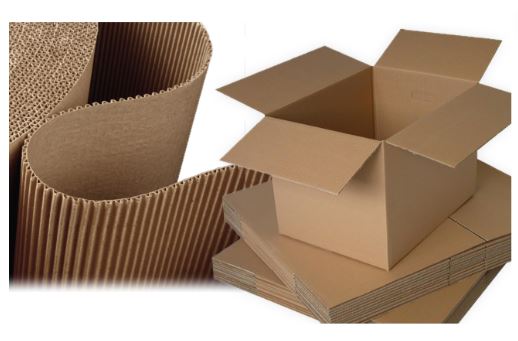
Materials
Aluminum Foil Pouches
Aluminum foil pouches are light, and flexible and offer superior barrier protection against moisture leakage. They are widely used in packing loose-leaf and bagged tea.
Advantages of aluminum foil tea packaging materials
Excellent Barrier Properties: Aluminum foil offers a superb defense against wetness, lightening effective oxygen, and smells.
Flexibility and Formability: The very flexible aluminum foil can be made into multiple shapes and sizes, which means that there are various packaging applications.
Heat Resistance: Aluminum foil resists heat and, as such is ideal for packaging those teas that may be exposed to high temperatures during processing, transportation, or storage.
Recyclability: Another advantage of aluminum foil is that it can be recycled, time and again without losing its features.
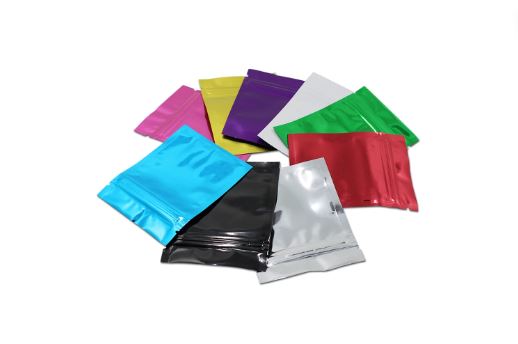
Plastic Pouches and Bags
Plastic is also lightweight and relatively inexpensive while giving good moisture protection. They are typically used for tea bags and flavored teas.
Advantages of plastic pouches and bags
Cost-Effective: In general, plastic is usually less costly than other packaging materials such as glass or metal.
Lightweight: Plastic packaging is lightweight hence reducing handling and shipping costs.
Moisture Resistance: Plastic types, such as polyethylene or polypropylene provide a good moisture resistance that prevents tea from humidity and its further deterioration.
Transparency: With transparent plastic packaging, the internal tea can be viewed by consumers and helps them make rational buying choices.
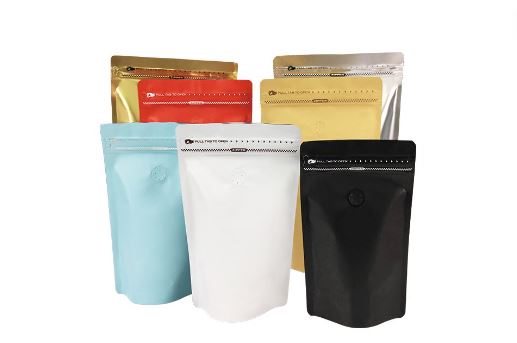
Glass Jars
Glass jars provide a stylish look and make it easy for consumers to view the product inside. They offer a good shield against wetness and smells. However, they may not be as effective at sealing away the light than tin cans or aluminum foil pouch packages.
Advantages of glass jars
Visual Appeal: The use of glass jars offers a visually stimulating presentation as the consumer can see what is inside through its transparency.
Preservation of Freshness: The use of glass jars offers an airtight seal, which serves the purpose as fresh taste and aroma are maintained.
Non-reactive Material: Glass is non-reactive and inert that is, does not react with the contents of a jar.
Durable and Sturdy: Tea is easiest to carry, transport, and store in glass jars which are also strong enough.
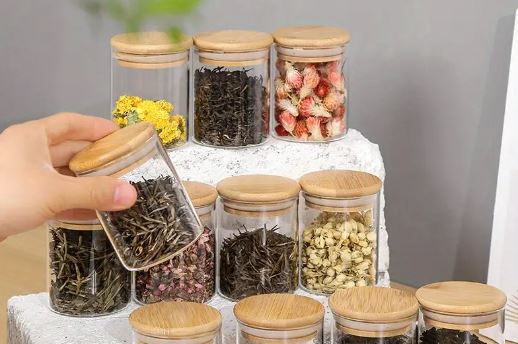
Fabric Bags
Loose-leaf teas are usually packaged in fabric bags that can be made from cotton or muslin. They allow the tea to breathe while offering a natural and ecological display.
Advantages of fabric bags
Aesthetic Appeal: The fabric bags present homely yet vintage aesthetic properties which many consumers find appealing.
Environmentally Friendly: Due to its natural origin, fabric bags can fully decompose.
Breathability: Breathing allows tea kept in fabric bags to maintain the flavor and fresh aroma.
Reusable: Reusable fabric bags can be useful for a variety of storage needs such as storing tea, herbs, spices, and other items.
Cost-Effective: It is generally cheaper to package products in fabric bags compared to metal containers or glass jars.
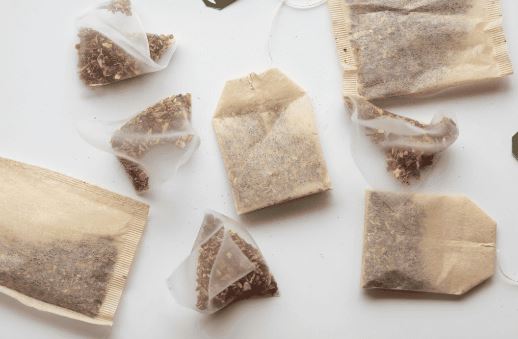
Wooden Boxes
Wooden boxes happen to be the oldest packaging materials for tea. Specialty teas in wooden boxes are sometimes treated to be one of the rare uses.
Advantages of wooden boxes tea packaging materials
Environmental friendliness: Wooden boxes are fully degradable, making them the best choice for environmental protection.
Short-term storage: They are best suited for short-term storage of tea products.
Protection: They offer sufficient protection against light and humidity.
Unique and distinctive: wooden boxes are outstanding and attractive to the eye hence catching the attention of buyers.
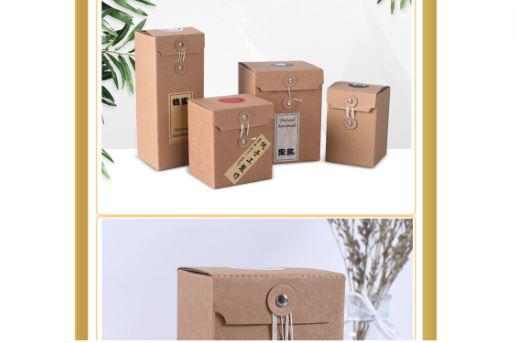
Composite Materials
Composite materials are produced from several layers to enable the highest protection against external factors such as light, moisture, and oxygen. Such materials usually include a mixture of paper, plastic, and aluminum foil.
Advantages of composite tea packaging materials
Durability and long shelf life: If one material can offer protection against light, oxygen, moisture, and odors, what of a combination of more materials? Using composite materials gives them durability and long shelf life.
Design flexibility: You can give your tea packages the best look and print and label them as desired.
Good printability: A smooth surface that can be printed easily allows for easy branding and graphics, leading to attractive designs.
Tamper resistance: If you need to protect your tea products from being tampered with during shipment and distribution, use a composite tea packaging material.
Tinplate Material
Tinplate is usually metallic and is made of steel with a thin coat of tin offering the best airtight conditions for loose-leaf tea. They are available in different sizes and shapes, which provide quality protection against light and moisture.
Advantages of tinplate tea packaging material
Protection: Tinplate offers the best barrier properties from light, moisture, odors, and oxygen; helping to preserve the quality of tea leaves.
Long shelf life: A longer shelf life is assured when using tin plates for tea storage purposes since they also offer high durability.
Versatility: In terms of the shapes and sizes of your packaging, tinplate is very versatile.
Recyclability: Another benefit you gain when using tinplate for your tea is the fact that it can be recycled. This property is more attractive to consumers.
Attractive appearance: Tinplate also allows you to design your tea packages to suit the consumers’ needs and satisfaction.
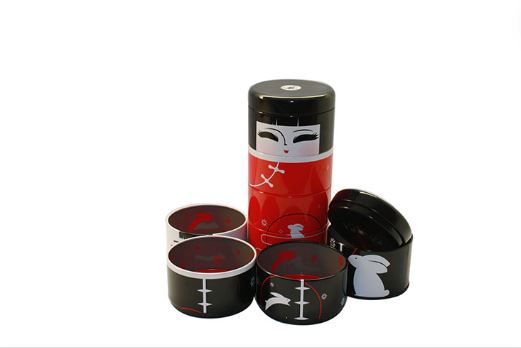
Degradable PLA
PLA is a polymer resulting from safe sources like sugarcane or corn starch, which are degradable and compostable.
Advantages of PLA tea packaging material
Moisture resistance: PLA offers good moisture resistance and can be used with other materials for better results.
High sales: PLA also benefits your business in terms of high sales because most consumers prefer to use eco-friendly products.
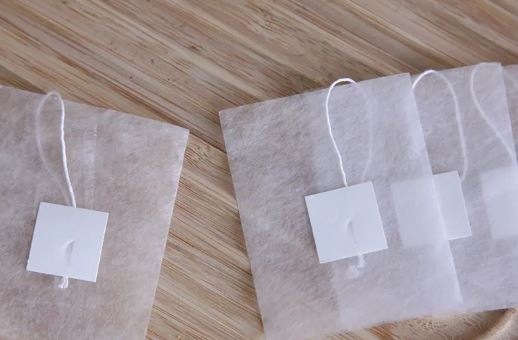
Conclusion
The best way to choose a tea packaging material is when you consider the tea type, shelf life, and protective needs. Also, look at your budget and go for one that is within your budget limits. The right packaging material is critical for maintaining the quality and freshness of the tea as well as holding the attention to customers.
More Resources:
History of Tea Bag – Source: JOCHAMP
Tea Packing Machine – Source: JOCHAMP
Tea – Source: WIKIPEDIA


